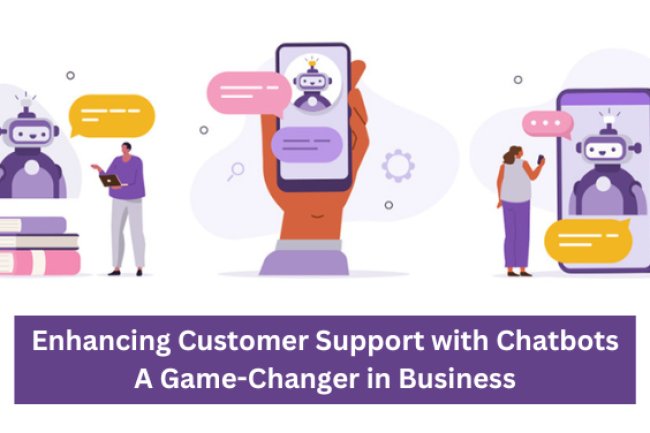How to Build a Strong IT Community Online

In today's digital age, building a strong IT community online is not just beneficial; it's essential. Whether you're an individual looking to network or a company aiming to foster collaboration, creating a vibrant, engaged community can lead to innovation, support, and growth. Here's a comprehensive guide to building a thriving IT community online.
1. Define Your Purpose and Goals
Identify Your Target Audience
The first step in building a strong IT community is to clearly define who you want to attract. Are you aiming to gather software developers, network engineers, cybersecurity experts, or a mix of all IT professionals? Understanding your audience will help tailor your community's content and engagement strategies.
Set Clear Objectives
Determine what you want to achieve with your community. Are you looking to facilitate knowledge sharing, provide support, drive innovation, or build a network for professional opportunities? Clear objectives will guide your content and activities.
2. Choose the Right Platform
Evaluate Your Options
There are numerous platforms available for hosting an online community. Popular choices include:
- Forums: Platforms like Discourse or phpBB.
- Social Media Groups: LinkedIn groups, Facebook groups, or Reddit.
- Chat Applications: Slack, Discord, or Microsoft Teams.
- Dedicated Community Platforms: Mighty Networks, Circle, or Tribe.
Choose a platform that best suits your audience's preferences and your community's needs.
Consider User Experience
Ensure the platform you choose is user-friendly and provides the necessary features for communication, content sharing, and collaboration. A good user experience will encourage participation and retention.
3. Create High-Quality Content
Provide Valuable Resources
Share articles, tutorials, how-to guides, and other educational content that can help your community members improve their skills and knowledge. High-quality content is a key driver of engagement.
Encourage User-Generated Content
Invite members to contribute their own content. This can include blog posts, videos, code snippets, or discussion topics. User-generated content fosters a sense of ownership and belonging among members.
4. Foster Engagement
Facilitate Discussions
Initiate and moderate discussions on relevant topics. Ask open-ended questions to encourage participation and share your own insights to keep the conversation flowing.
Host Events
Organize webinars, Q&A sessions, virtual meetups, and hackathons. Events are excellent for bringing members together, sparking collaboration, and providing opportunities for learning and networking.
Recognize and Reward Participation
Acknowledge active members by featuring their contributions, providing badges, or offering incentives like discounts on courses or access to exclusive content. Recognition and rewards can significantly boost engagement.
5. Build a Supportive Environment
Establish Community Guidelines
Create and enforce guidelines that promote respectful and constructive interactions. Clear guidelines help maintain a positive and professional atmosphere.
Provide Support
Ensure members have access to support, whether it's through a dedicated support team, community moderators, or a help center. A supportive environment makes members feel valued and encourages ongoing participation.
Address Conflicts Promptly
Inevitably, conflicts may arise within any community. Address issues quickly and fairly to prevent them from escalating and affecting the overall community atmosphere.
6. Measure and Adjust
Monitor Engagement Metrics
Track metrics such as active users, post frequency, and event participation to gauge your community's health. Use these insights to identify what's working and what needs improvement.
Seek Feedback
Regularly ask for feedback from your community members. Surveys, polls, and direct conversations can provide valuable insights into their needs and preferences.
Adapt and Evolve
Based on your metrics and feedback, continuously refine your strategies and content. An adaptive approach ensures your community remains relevant and engaging.
7. Promote Inclusivity and Diversity
Encourage Diverse Participation
Actively encourage participation from a diverse range of members. Different perspectives can enrich discussions and lead to more innovative solutions.
Highlight Diverse Voices
Showcase contributions from a variety of members, ensuring that different backgrounds, experiences, and viewpoints are represented. This helps create an inclusive environment where everyone feels welcome.
Building a strong IT community online is a dynamic process that requires clear goals, high-quality content, active engagement, and continuous adaptation. By creating a supportive, inclusive environment and fostering meaningful interactions, you can cultivate a vibrant community that provides value to its members and drives collective growth. Start small, stay consistent, and watch your IT community flourish.
What's Your Reaction?















